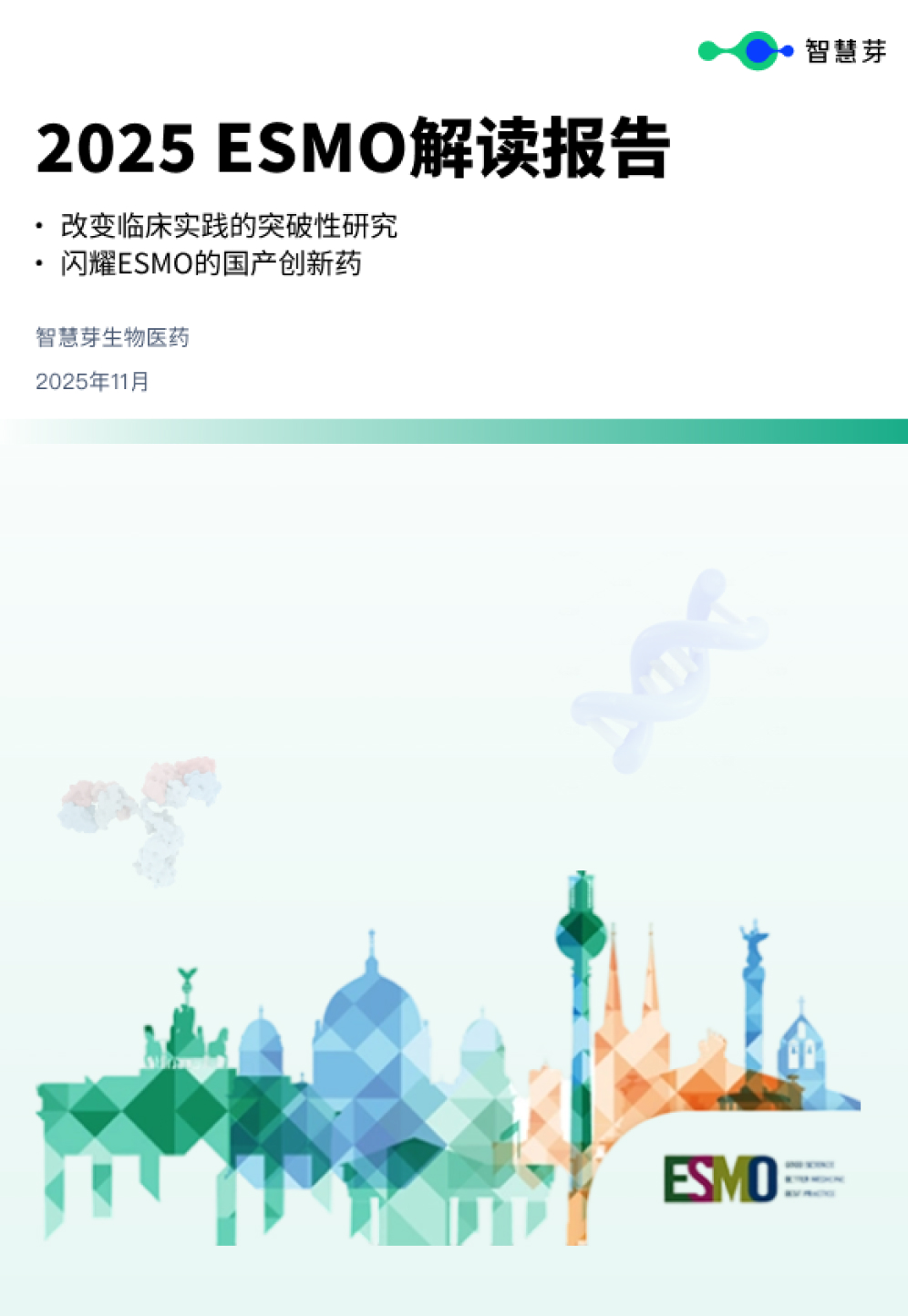预约演示
Immune memory is achieved by epigenetic and topological rearrangements of DNA in immune cells
2023-07-11
A team of researchers has discovered that the memory of the immune system relies on characteristic epigenetic features and a specific 3D arrangement of the DNA in the nucleus of memory cells, allowing for a fast activation of these cells. These features are altered in chronic inflammation diseases like asthma and could be important in autoimmune diseases and cancer.
The immune system is one of the most complex parts of our body. It keeps us healthy by getting rid of parasites, viruses or bacteria, and by destroying damaged or cancer cells. One of its most intriguing abilities is its memory: upon first contact with a foreign component (called "antigens" in scientific jargon) our adaptive immune system takes around two weeks to respond, but responses afterwards are much faster, as if the cells "remembered" the antigen. But how is this memory attained? In a recent publication, a team of researchers coordinated by Dr. Ralph Stadhouders, from Erasmus MC, and Dr. Gregoire Stik, Group Leader at the Josep Carreras Leukaemia Research InstituteLeukaemia Research Institute, provides new clues on immune memory using state-of-the-art methodologies.
In their research paper, published in the scientific journal Science Immunology, the first-author Anne Onrust-van Schoonhoven and colleagues compared the response of immune cells that had never been in contact with an antigen (called naïve cells) with cells previously exposed to antigen (memory cells) and sort of knew it. They focused on the differences in the epigenetic control of the cellular machinery and the nuclear architecture of the cells, two mechanisms that could explain the quick activation pattern of memory cells.
While all the cells in an individual have the same genetic information, different cell types access to different parts of the DNA. The term "epigenetics" encompasses the mechanisms that dynamically control this access. The results of the research team revealed a particular epigenetic signature in memory cells, resulting in the rapid activation of a crucial set of genes compared to naive cells. These genes were much more accessible to the cellular machinery, in particular to a family of transcription factors called AP-1. To put it into a racing context: these genes have been warming-up ever since the cell's first contact with the antigen.
However, this epigenetic signature was just the tip of the iceberg. It is known that the position of the DNA in the nucleus is not random and reflects the cell's activation state. The researchers found that, indeed, the 3D distribution of DNA in the nucleus is different between naïve and memory immune cells. Key genes for the early immune response are grouped together and under the influence of the same regulatory regions, called enhancers. Keeping with the racing metaphor, the genes are not only warmed-up, but also gathered together at the starting line.
Although most of the research has focused on healthy cells, the scientific team wondered whether any of the mechanisms found could, when altered, explain actual diseases in which the immune system plays an important role. To address this question, they analyzed immune cells from chronic asthma patients and found that the circuits identified as key for an early and strong immune response were overactivated.
The epigenetic control of the immune system is a blossoming field and discoveries like the ones by Dr. Stik and colleagues are setting the stage for the next generation of epigenetic drugs and treatments, targeting autoimmune diseases and cancer.
更多内容,请访问原始网站
文中所述内容并不反映新药情报库及其所属公司任何意见及观点,如有版权侵扰或错误之处,请及时联系我们,我们会在24小时内配合处理。
靶点
药物
-生物医药百科问答
全新生物医药AI Agent 覆盖科研全链路,让突破性发现快人一步
立即开始免费试用!
智慧芽新药情报库是智慧芽专为生命科学人士构建的基于AI的创新药情报平台,助您全方位提升您的研发与决策效率。
立即开始数据试用!
智慧芽新药库数据也通过智慧芽数据服务平台,以API或者数据包形式对外开放,助您更加充分利用智慧芽新药情报信息。



